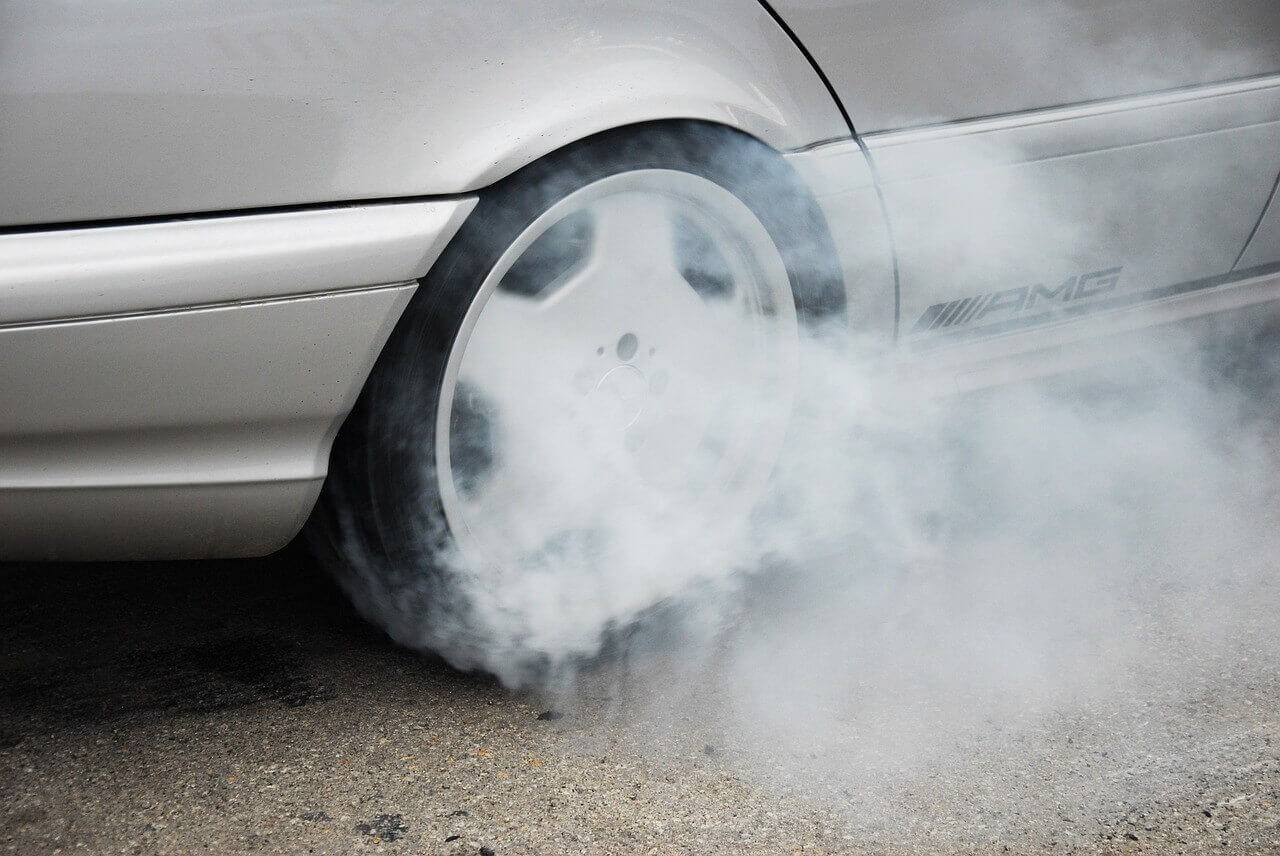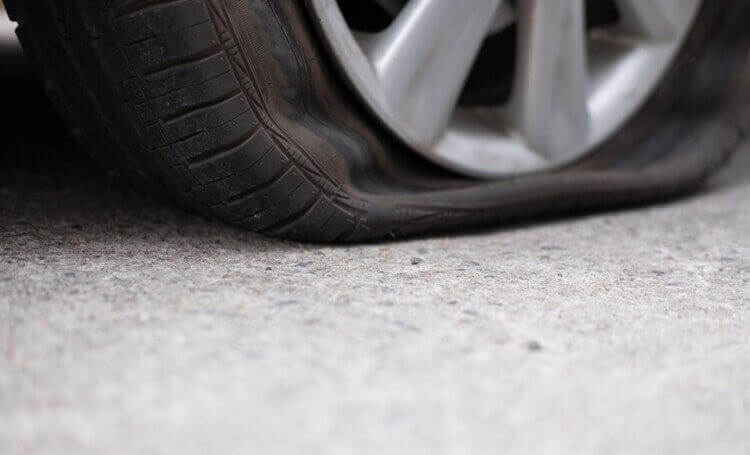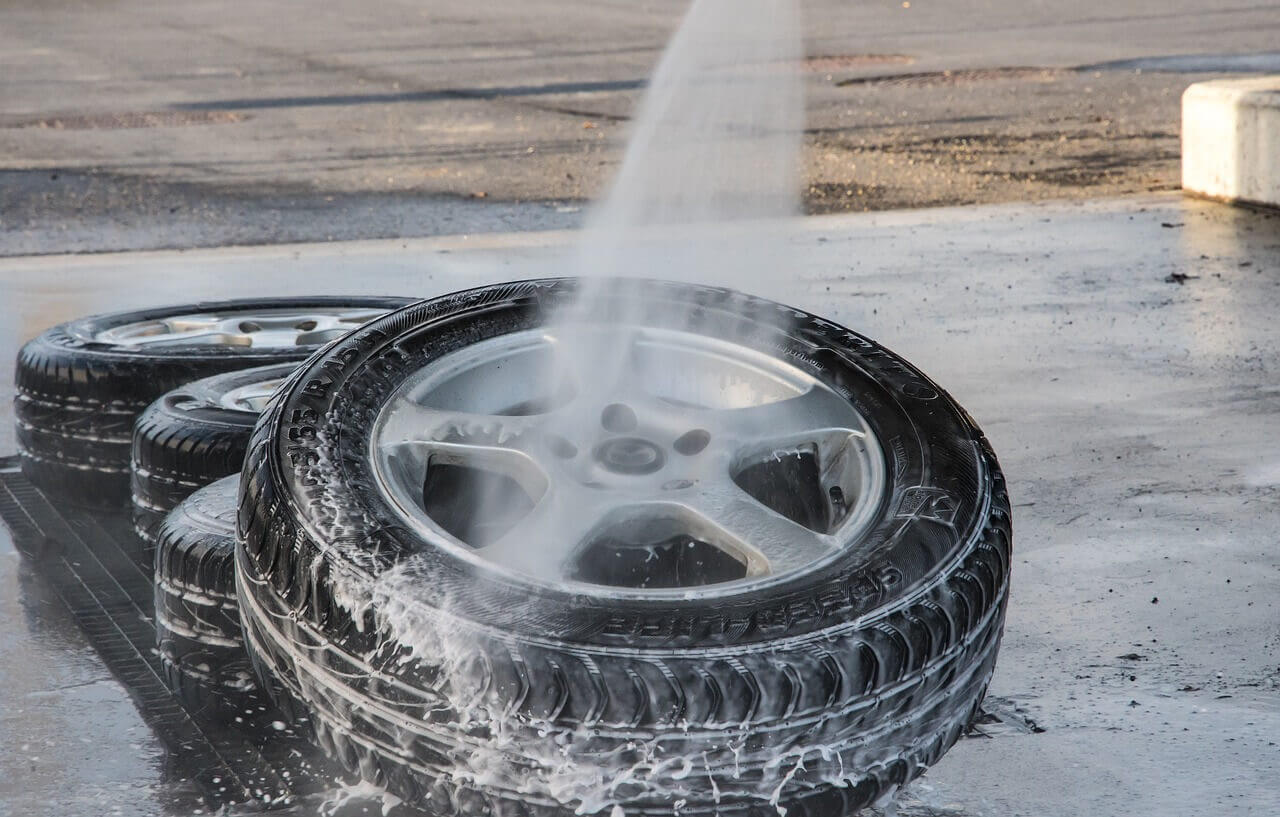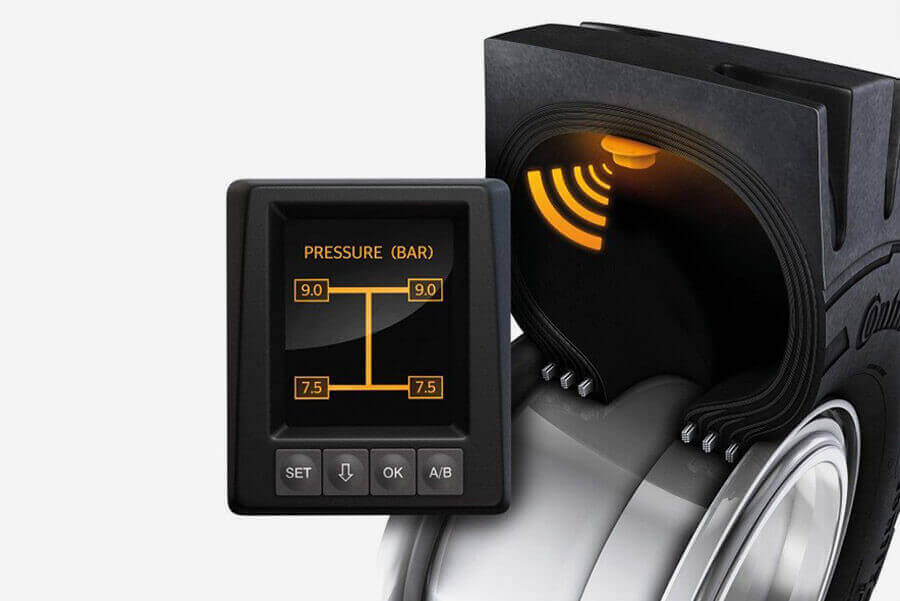You’ve heard about the benefits of low tire rolling resistance for years. This is important because it influences the durability of your tire, its grip and fuel consumption. But now let’s see how it works and why.
The definition is embedded in his name. Rolling resistance is the effort required to keep the tire rolling. For example, try cycling with under-inflated tires? It’s hard to move it forward. When you inflate the tires to the initial pressure, it’s easier to pedal. It’s rolling resistance.
In scientific terms, rolling resistance is the mechanical energy of a rolling tire that turns into heat by distance. The rolling resistance results from the rotation and deformation of the tire.
 The hysteresis of the tire – or the amount of energy lost when the tire flexes when it hits the road – is the most important factor for rolling resistance. Air resistance, deformation and friction of the tires with the road can also contribute to the overall rolling resistance of a tire up to 10%.
The hysteresis of the tire – or the amount of energy lost when the tire flexes when it hits the road – is the most important factor for rolling resistance. Air resistance, deformation and friction of the tires with the road can also contribute to the overall rolling resistance of a tire up to 10%.
Tire components
Each component of the tire has an effect on the rolling resistance. As you can imagine, the tread of the tire contributes the most to overall rolling resistance because of its connection from the vehicle to the road. The tire loses 44% of its tread energy, followed by 26% on the heel surface. The remaining parts of the tire (belt, sidewall, inner lining and web) contribute to 30% of the total energy loss.
External effects
There are also external factors that affect the rolling resistance of a tire. Tire inflation pressure, tire load, air temperature and vehicle configuration are some of the factors. We will explore these forces in more depth below.
Inflation pressure
The rigidity of the tires increases as the inflation pressure increases. The stiffer tires with lower deformation create less energy loss, which decreases the resistance. As the pressure increases, the tires reach a saturation level and an increase in the inflation pressure will not significantly change the rolling resistance of the tire. Therefore it is always recommended to drive the vehicle to the inflation pressure recommended by the car manufacturers. It is estimated that an increased inflation pressure of 0.5 bar can improve the rolling resistance of a tire by about 7 to 10%.
Tire load and vehicle speed
Rolling resistance increases almost proportionally to the load applied due to the higher levels of bending and shearing that occur. When calculated, the rolling resistance coefficient remains independent of the tire load and will not change if its load increases.
 Increased speed increases the frequency of tire deformation, which tends to increase the way the rubber polymer absorbs energy. This creates an increase in rolling resistance, according to a report by the US Environmental Protection Agency (EPA).
Increased speed increases the frequency of tire deformation, which tends to increase the way the rubber polymer absorbs energy. This creates an increase in rolling resistance, according to a report by the US Environmental Protection Agency (EPA).
Conclusion
This subject may seem heavy, but remember one thing: if you respect the rules, your tire will wear less quickly, use less gasoline, offer better adhesion and last longer! (Thanks to Fardad Nikham for the informations)






